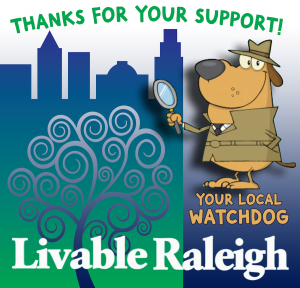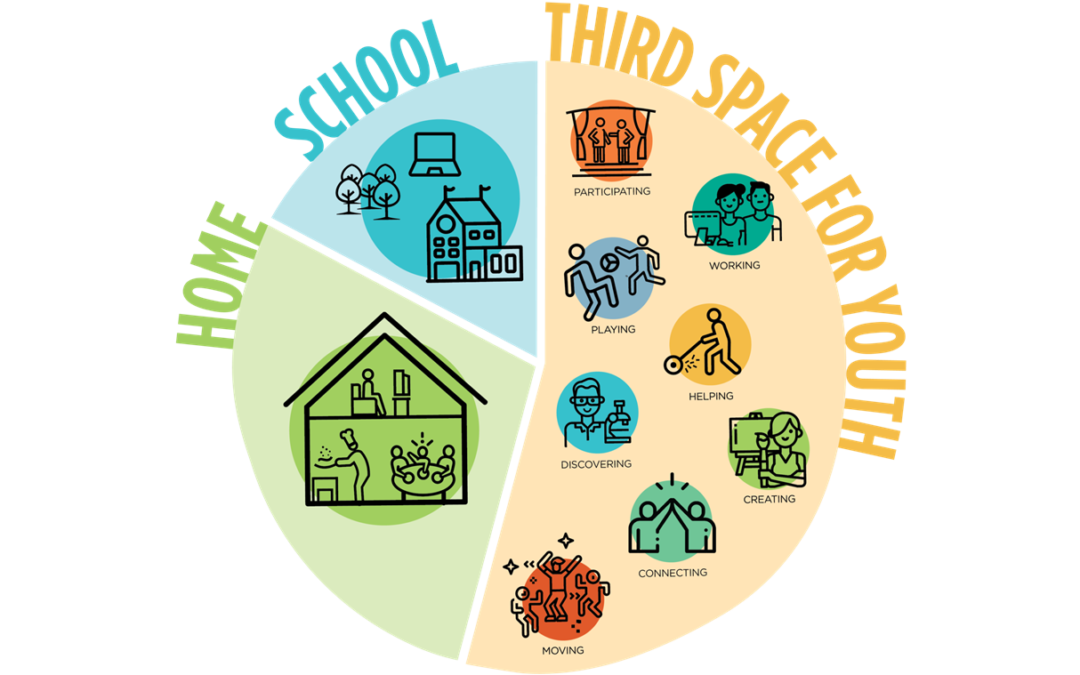
Trevian Joyner is a modern Gen Z writer and musician. He speaks out on injustices and problems in the world, cutting straight to the point. While he doesn’t blog often, his writing always focuses on issues he cares about.
Trevian spoke to City Council on October 8, 2024:
There’s an unmistakable longing among teens and young adults today. It’s not just a want—it’s a need. People are craving a place where they can just be—somewhere that isn’t home, school, or work. A space to meet friends, make connections, and feel part of something. But those places, those third spaces, are becoming harder to find.
The Vanishing Third Space
In the past, third spaces—cafes, parks, libraries, community centers—were common ground for social life. Sociologist Ray Oldenburg, who coined the term, described these spaces as “anchors” of community life, necessary for fostering informal social interactions. But these informal gathering spots are fading, especially for younger generations.
A 2021 study from Harvard Research shows that 36% of young adults aged 18-29 report feeling lonely frequently, a sharp increase from past decades. The physical spaces that used to alleviate this—local cafes, parks, and libraries—are either becoming less accessible or closing altogether. Malls, once major hubs for teens, have seen a steady decline, with foot traffic dropping nearly 50% between 2010 and 2020, according to Coresight Research. In 2024, per CNBC and Data from the world happiness forum: “researchers identified a troubling culprit for America’s precipitous fall: young people. While Americans older than age 60 ranked No. 10 for happiness, those younger than 30 ranked 62nd — a stark generational split”
“The finding comes amid growing evidence that, as a group, young people’s outlook and mental health have eroded in recent years, with devastating consequences.”
The pandemic accelerated this shift, but even before 2020, third spaces were vanishing due to rising commercial rents and the gentrification of public spaces. The rise of “buy something or leave” attitudes in cafes and restaurants further alienates those who simply want a space to gather, to share the experiences.
A Real Need for Real Interaction
Teens and young adults aren’t just looking for a place to hang out—they’re looking for genuine connection. Clinical psychologist Dr. Jean Twenge, author of iGen, argues that this generation’s increasing isolation isn’t coincidental. She points out that “the more time young people spend on screens, the less time they spend interacting with others in person.” This shift is having clear psychological impacts: a CDC report from 2023 found that 57% of U.S. high school students reported experiencing persistent feelings of sadness or hopelessness, the highest levels in a decade. Per a 2023 CDC study, directed towards high school teens, about 40% of teens reported persistent feelings of sadness/hopelessness in 2023
The desire for unstructured, face-to-face interaction is still there, but without accessible third spaces, young people are left to navigate their social lives online. However, digital spaces often lack the depth and warmth of physical interaction.
The Illusion of Digital Connection
While social media and online communities offer some connection, they don’t fulfill the same needs as in-person interaction. Pew Research found that 54% of young adults believe social media makes them feel more lonely, not less. This is because online interactions tend to be superficial, lacking the emotional depth and physical presence that fosters real connections.
Digital spaces might be more accessible, but they can’t replace what Oldenburg described as the “sociability” of third spaces. In places like coffee shops, parks, and community centers, interactions are spontaneous, often happening between strangers or acquaintances. Online, we’re more curated, more guarded.
Why It Matters
The absence of third spaces has real consequences for social and emotional health. Without them, teens and young adults lose the chance to decompress, meet new people, and develop a sense of community. Public health researchers have long warned about the dangers of isolation. The American Journal of Public Health highlights that social isolation is linked to higher risks of mental health issues, including depression and anxiety, and can even shorten life expectancy.
Community spaces are more than just physical locations—they’re essential for our well-being. Dr. Julianne Holt-Lunstad, a psychologist specializing in social connections, argues that “social relationships are just as important to health as diet and exercise.” When third spaces disappear, so does the opportunity for these vital relationships to flourish.
We need to rethink how we design our cities and communities to bring these spaces back. Young people don’t just want them—they need them. It’s time to recognize the role of third spaces in building a healthier, more connected future
If you appreciate the kind of reporting we bring to you
|
Please donate $10 or $20, Thanks for supporting |
 |

